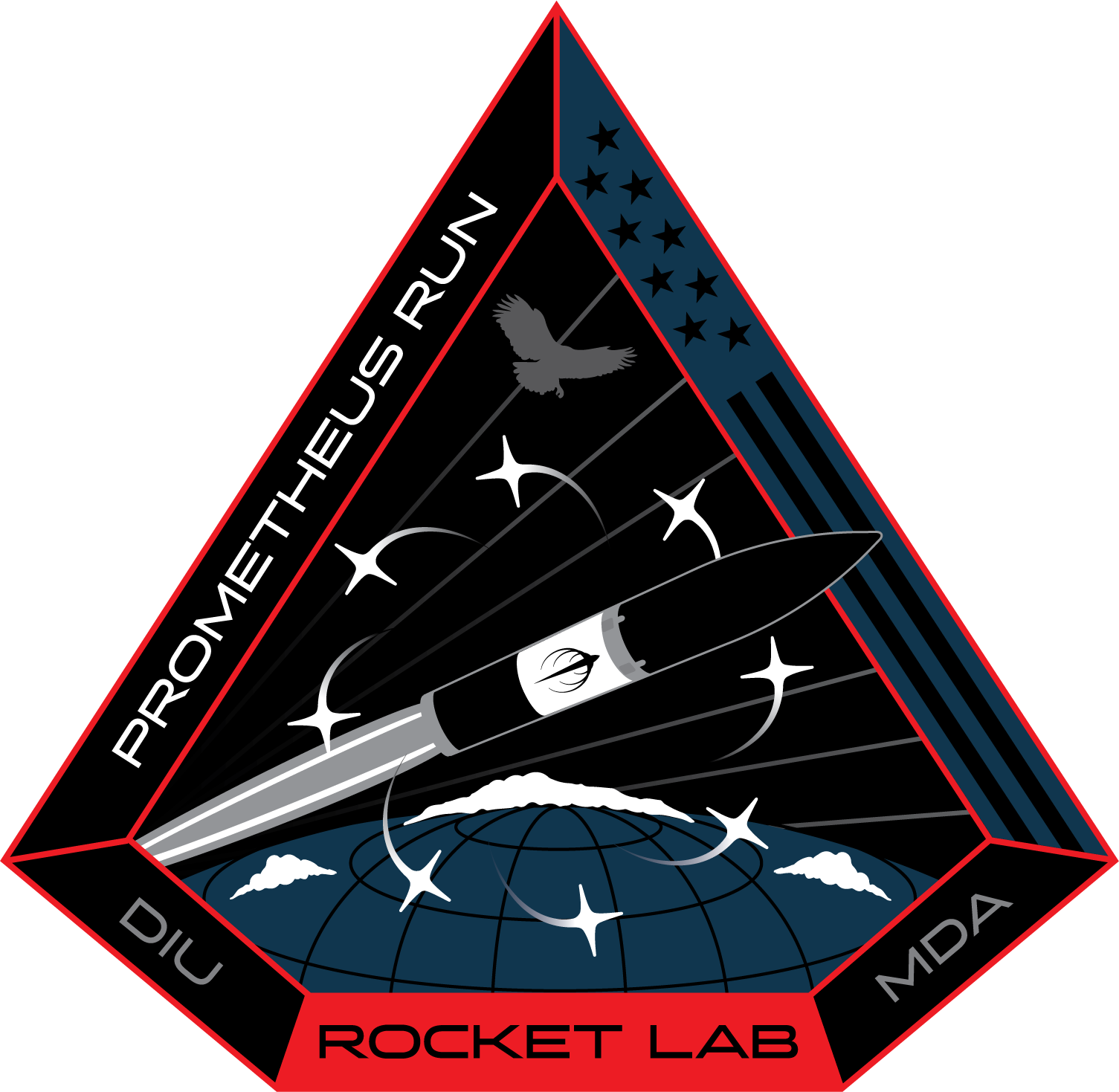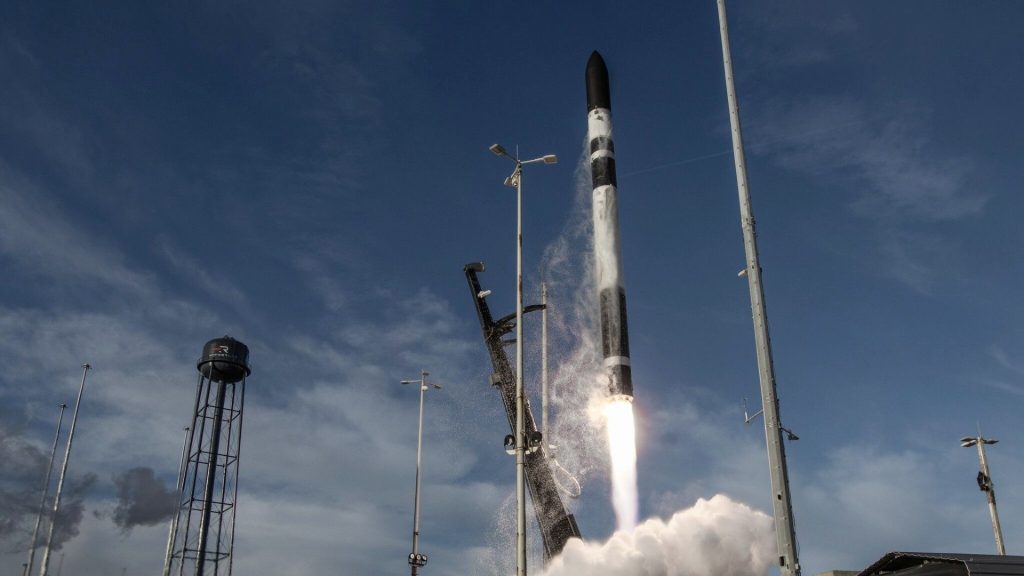Rocket Lab launched its hypersonic test vehicle for the sixth time ever this week.
The HASTE suborbital rocket lifted off Tuesday (Nov. 18) at 8 a.m. EST (1300 GMT) from Rocket Lab‘s Launch Complex 2 on Wallops Island, Virginia, on a mission for the U.S. Defense Innovation Unit (DIU) and Missile Defense Agency (MDA).
The launch, which Rocket Lab named “Prometheus Run,” was a success, “advancing national interests in safeguarding the homeland through the testing of advanced technologies for missile defense,” Rocket Lab wrote in a description of the flight.
View from the pad of our latest launch from LC-2.With HASTE, we’re proud to be unblocking the hypersonic test bottleneck with regular commercial launches, lowering the cost and increasing the tempo of hypersonic test flights for the U.S. and its allies. pic.twitter.com/vaSYHrlzpGNovember 19, 2025
HASTE is a modified suborbital version of Rocket Lab’s 59-foot-tall (18 meters) Electron launcher, which gives small satellites dedicated rides to orbit. That lineage is in the newer vehicle’s name, which is short for “Hypersonic Accelerator Suborbital Test Electron.”
HASTE debuted in June 2023 and has now flown a total of six times. The rocket serves as a testbed, providing “reliable, high-cadence flight test opportunities needed to advance hypersonic and suborbital system technology development,” according to Rocket Lab’s website.
We don’t know much about the technologies that got tested on “Prometheus Run,” which isn’t terribly surprising given that the U.S. military booked the flight.
“Led by MDA, the mission deployed a government-provided primary payload developed by the John Hopkins University Applied Physics Laboratory, and multiple secondary payloads by federal and industry partners, which tested key technologies for missile defense applications,” Rocket Lab’s postflight statement reads.

“Prometheus Run” launched within 14 months of its booking, the company added — a pretty quick turnaround for a government-sponsored test flight.
“Accessing the commercial and non-traditional ecosystem is a key enabler to accelerating progress in the hypersonics community of interest, particularly for closing mission timelines and driving towards mass and affordability,” Lt. Col. Nicholas Estep, director of DIU’s Emerging Technology Portfolio, said in the same statement. “Working with MDA to demonstrate commercially-focused sub-orbital launch services is a great example of that axiom.”



